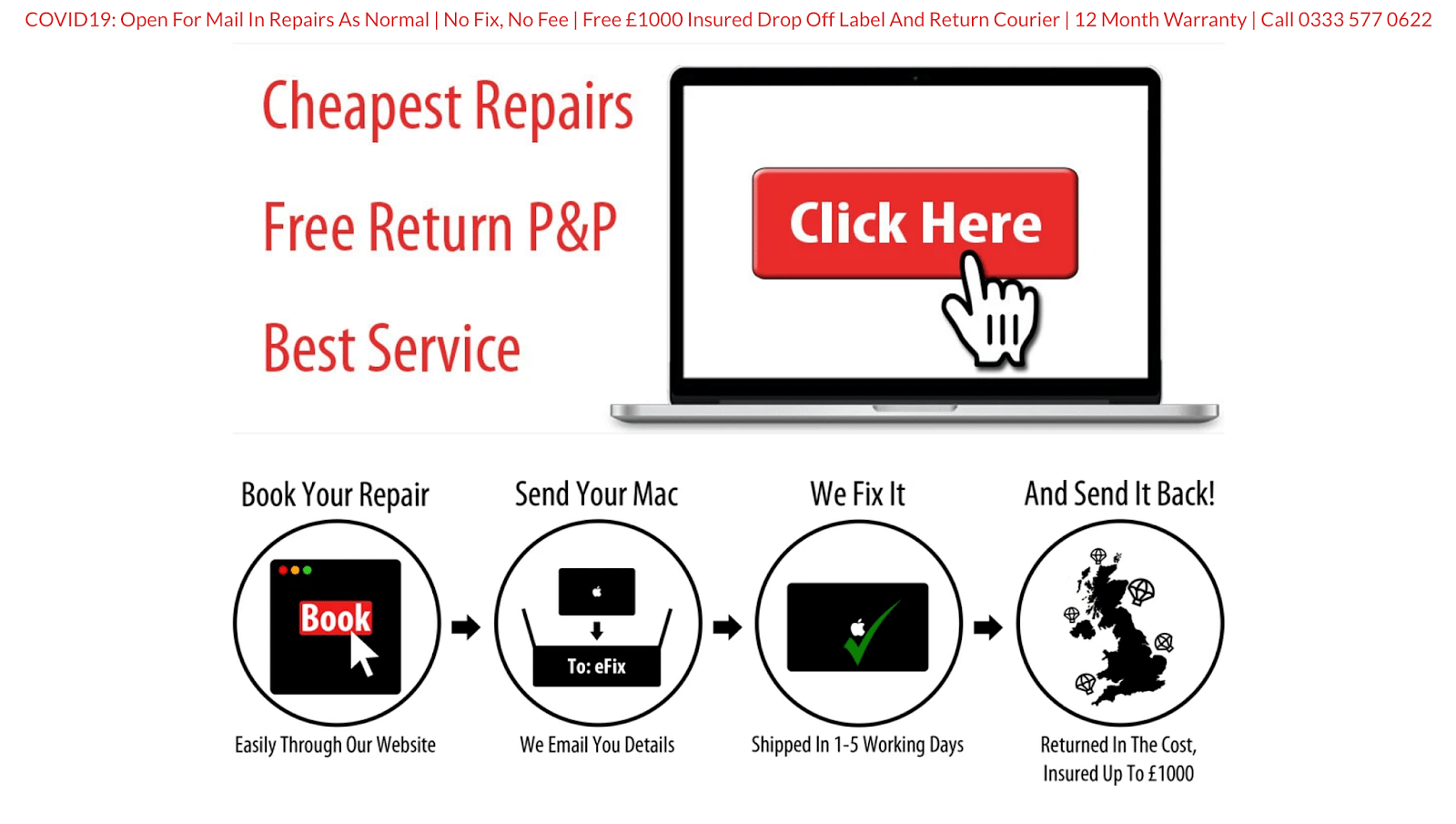
How getting my daughter’s MacBook fixed taught me the importance of mapping out a customer journey
By Jim James, Founder EASTWEST PR and Host of The UnNoticed Podcast.
We all talk about the customer journey. But how many of us have really mapped it out so that our target audience would find us, get to like and trust us, and eventually, spend their money for us?
Though this may not seem to be about public relations (which is what my business and podcast are mainly about), the customer journey involves trust. And public relations is about creating trust with people who may or may not have even met you. When you’re purchasing online, trust (whether it’s a consumer or a business-to-business element), is central to any part of any transaction.
Learnings from a Recent Experience
In my latest podcast episode, I’ve shared what I learned from getting my daughter’s MacBook fixed. While it may seem a bit of a strange subject, there’s a lot to learn as the company that I’ve tapped was able to map out my customary journey really well. It came to a point wherein I was willing to send a £1,000-worth of gadget to a company that I’ve never heard of before in the hope that it would get fixed — and be sent back to me. In this age of scams, we know that this is not always going to be the case.
When I went online to look for someone to fix the broken Mac, I was a bit nervous. Because when you go online, you never know whether you’re going to get what you’re looking for. We went first to the Apple shop and they quoted me £900, which is actually more than the replacement costs. So our alternative was to look online and www.MacBook-repairs.co.uk (run by a company called eFix Ltd) came up, which was both an ad and a top-of-the-search rankings website. They have a very simple, straightforward, and easy-to-read call-to-action: Open for mail-in repairs as normal; No fix, no fee; Free £1,000 insured drop-off label and return courier; 12-month warranty; and a phone number. What I also noticed is that they have over 900 positive reviews across Google. So they’re a company that is really focusing on reassuring me on the first part of my customer journey, which is researching.
Screengrab from eFix Ltd’s website
After it got me interested, I then thought about whether the company is real. Because I’d be sending a Mac away to someone that I don’t know and can’t see, there’s this doubt about getting my device back again. Then, sure enough, they also have this question asking, “Have you ever spilled liquid on your MacBook?” The answer is I haven’t but my daughter has. Straightaway, they answered what was going on in my mind and it’s really great in terms of using a hook: They’ve already discussed with me what I was going to be doing.
The website also has an online chat. I had a quick chat with them and I sent them a photo of the device (Before I sent it, I ran another check by looking into their postal address). They replied back immediately with a written estimate. Throughout this process, there’s a representative named Reese who’s responding to my enquiry. I started writing to them on May 17 and I got back the device on the 31st. Over that period of over 10 days, I only had 10 emails, which are a combination of automated and written emails.
When I asked them for proof that my computer was going to be okay, Reese then sent me a video of the Mac turning on, showing me the screen with my daughter’s login and ID, playing the speakers, and showing the trackpad.
Overcoming Customer Anxiety
During each stage of my customer journey, eFix Ltd had a response to reassure me, inform me, and invoice me for the fixing of the MacBook. I shared my experience because there are several businesses wherein it’s anxiety that hinders their customers from working with them. Customers are concerned: That person hasn’t seen me or any other customer. I can’t see a physical office or shop. On that customer journey, the avatar — or the person that businesses have profiled their customer to be — gets lost.
Image from Unsplash
What I liked about eFix was that when I sent them an enquiry, they provided me with a written and detailed quote explaining what was going to happen. Then once I’d committed, they sent me a label to print off. I was able to box up my computer and send it away. When they received it, they notified me that they are going to fix it along with a quote stating which piece needs to be fixed. Then, they sent me a note to say it was already fixed and a video to show that it was done. Afterwards, they sent an invoice that I had to pay.
Once that was paid, there was a moment of nervousness: Was I actually going to get my computer back again? I already sent them the computer and the money, and if they wanted to, they could have just walked away. At that point, it was human involvement (i.e., Reese writing to me) that gave me reassurance. Having 900-plus testimonials also helped strengthen it.
Looking at the website of my EastWest PR business (where I’ve served over 500 clients), I realised that I don’t have any testimonials. Working with eFix reminded me that I am missing a key part of my own customer journey. After that, I immediately reached out to some clients and started asking them to send me testimonials. I used to have those on my old website but when it was replaced to have a cleaner one, this essential part of customer trust was left out.
Especially now that we don’t see one another, social proof is important. This social proof can be testimonials, as stated above. It can also be media coverage and case studies (For example, we can embed links and actual articles we have for our clients). These will help demonstrate that we’ve done the work, though it’s not necessarily saying how appreciative our clients are of us.
I started a Trustpilot account to address this concern. But as I’m only getting a few testimonials for B2B, I think I’d be better off with just having reviews sent by my clients and embedding them into my WordPress site.
Tools to Improve Customer Journey
Whether it’s a company or an individual, it’s essential to map out the customer journey or the number of stages that our customers have to go through — from looking for a solution to finding one, to getting that reassurance that we understand their problem, to taking that leap of faith to engage with us, to entering into the engagement itself, and to having email exchanges at each critical stage of the work. This will help you show that you have a process and that you understand the customer’s need for reassurance. Many businesses, however, don’t communicate with customers until the products are delivered.
Image from Unsplash
As we move away from one another and don’t get to see each other as much, understanding the customer journey has become a more integral part of businesses. One way to do that is to simply write it down. Another is through tools. For instance, we at EastWest PR have embedded a tool called ClickSend into our Zoho Customer Relationship Management software and we use that to notify clients once we’ve sent them something (for example, an important briefing book).
There’s also a company called Creately which offers a nice way of making a customer journey map and is free to use. Other options include Totango, Miro, and bigger customer journey mapping tools like SEMrush.
When running a business, we need to think about how we can map our customers’ journey. Then, we have to make sure that our messaging is represented on all the touchpoints throughout the buying cycle — whether it’s on the emails or SMS that we send. We also have to do an audit and check if our touchpoints actually reinforce what we say about our company during the discovery, engagement, and fulfillment phases of the customer journey (Recently, I’ve done an audit and realised that on my YouTube account, there isn’t any detail about my company).
Wrapping Up
My daughter’s MacBook is now working wonderfully well, and I’ve already given a review for eFix Ltd. When we got back the computer, the packaging included a nice note and a cup of candies (they might have thought that these devices were being used by students). It was a really nice way to round out the whole customer experience.
This experience has made me realise that the customer journey has many different stages; that there are different phases in which we can lose customers, who in the first place, are hard to find. Therefore, we have to keep them on the path and reassure them all throughout. And this is a strategy that should be a key part of any PR activity.
This article is based on a transcript from my Podcast The UnNoticed, you can listen here.
Cover image by Tianyi Ma on Unsplash.



